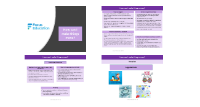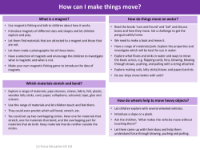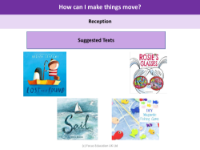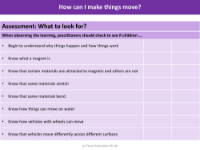How can I make things move? - Continuous Provision
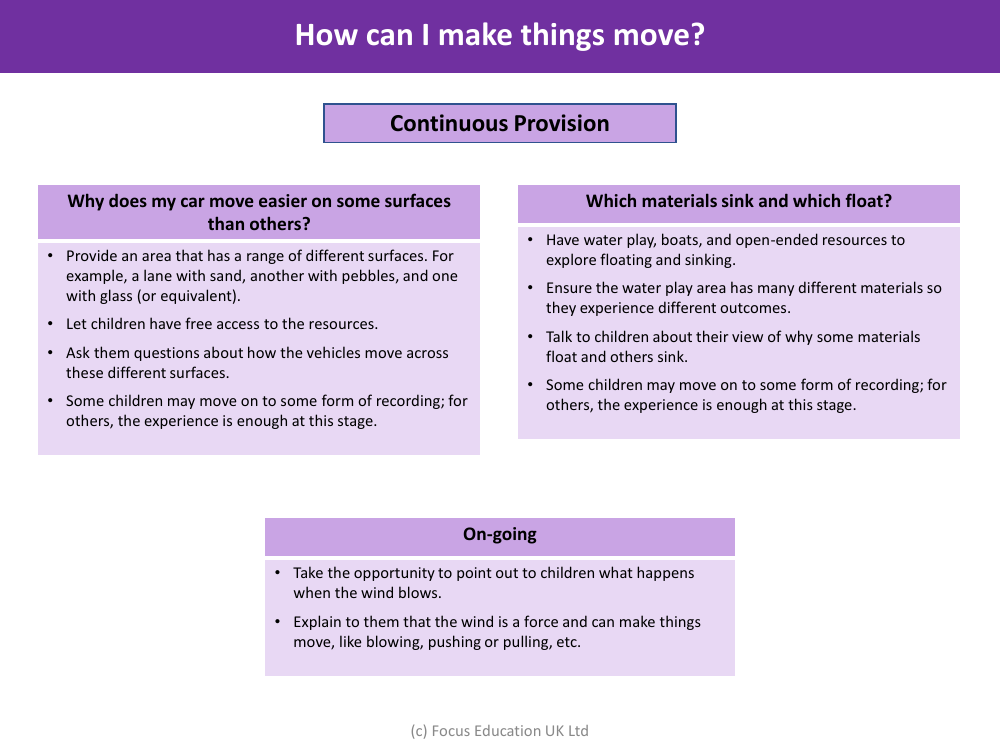
Science Resource Description
Exploring the concept of movement and understanding the effects of different surfaces on motion can be a fascinating part of continuous provision for children. To delve into this, an area can be set up with a variety of surfaces, such as lanes filled with sand, pebbles, and a smooth surface like glass. Children are given free reign to experiment with vehicles across these diverse terrains, observing and questioning how the surfaces influence the ease of movement. For some children, the hands-on experience itself is a rich learning opportunity, while others may progress to recording their findings in some manner, deepening their engagement with the concept.
Similarly, the enigmatic principles of buoyancy can be explored through water play. By providing a selection of boats and a variety of materials, children can experiment to see which items sink and which float. The water play area should be stocked with a range of materials to ensure children encounter a spectrum of outcomes, prompting discussions about their observations and thoughts on the reasons behind floating and sinking. Again, this experience can be sufficient for some children, but others might take their curiosity further by documenting their experiments. Additionally, the natural phenomenon of wind can be used to illustrate how forces can cause movement. Children can be shown how the wind can act as a force to move objects through actions such as blowing, pushing, or pulling, thereby enhancing their understanding of the physical world around them.
